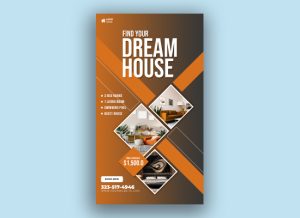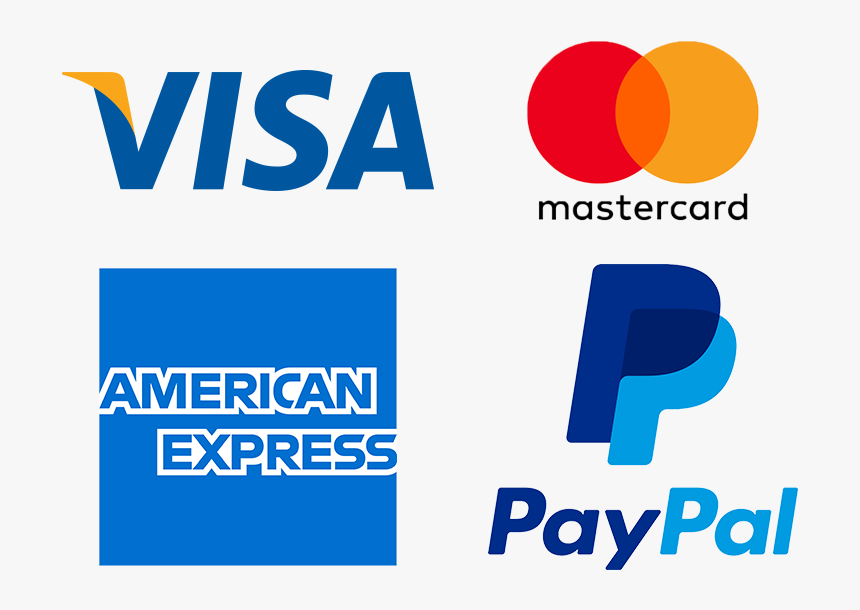B1 Posters: A Comprehensive Overview
Introduction
B1 posters, measuring 707 x 1000 mm (27.8 x 39.4 inches), represent a prominent size within the ISO 216 international paper size system. Positioned between B2 and B0 sizes, B1 posters offer a substantial amount of space, making them ideal for applications requiring both visibility and impact. This format strikes a balance between the larger B0 posters and the more manageable B2 size, providing ample space for creative designs and detailed information while remaining practical for various uses.
The B1 size is widely used in both commercial and artistic contexts due to its ability to capture attention and convey a message effectively. Whether for advertising, event promotion, educational displays, or artwork, B1 posters provide a versatile solution for creating visually engaging and impactful content.
What is a B1 Poster?
A B1 poster measures 707 x 1000 mm, fitting into the B series of paper sizes, which is based on the same aspect ratio (1:√2) as the A series but provides larger dimensions. The B1 size is larger than B2 but smaller than B0, making it a medium to large format that offers significant space for both text and imagery. The B1 format allows for detailed designs and high visibility, making it suitable for various applications where a medium to large poster is required.
The size of B1 posters makes them particularly effective for environments where a substantial visual presence is needed, such as busy public spaces, retail settings, or exhibition halls. Their size provides a balance between the larger B0 format and the more manageable B2, offering flexibility in design and placement.
Key Features of B1 Posters
- Prominent Size: The B1 poster size provides a large canvas for designers, offering enough space to create impactful visuals and detailed content. Measuring 707 x 1000 mm, B1 posters are large enough to be noticed from a distance but still manageable for various display settings.
- High Visibility: The size of B1 posters ensures high visibility, making them ideal for environments where capturing attention is crucial. Whether used for outdoor advertising, event promotion, or in-store displays, B1 posters stand out and attract viewers, making them effective for conveying key messages.
- Versatile Design: B1 posters offer ample space for creative and detailed designs. Designers can use large images, bold typography, and intricate layouts without compromising readability or visual appeal. This versatility makes B1 posters suitable for a range of applications, from promotional materials to artistic displays.
- Professional Appearance: The large format of B1 posters contributes to a professional and high-impact presentation. This size is often used for high-profile events, exhibitions, or corporate displays, where a significant visual presence is required to make a strong impression.
- Cost Considerations: Compared to larger formats like B0, B1 posters are relatively cost-effective to produce. They provide a good balance between size and cost, making them a practical choice for businesses or organizations that need to print in quantity without exceeding budget constraints.
Common Uses of B1 Posters
B1 posters are employed across various industries and contexts, offering a versatile solution for different needs. Here are some common applications:
- Event Promotion: B1 posters are widely used to promote events such as concerts, theater performances, trade shows, and exhibitions. Their large size allows for clear and detailed information about the event, including dates, times, and locations, while still being eye-catching and engaging.
- Retail Advertising: In retail settings, B1 posters are effective for advertising sales, new product launches, or special promotions. Their size makes them suitable for display in shop windows, on walls, or at point-of-sale locations, where they can attract customers and highlight key offers.
- Art Exhibitions: Artists and galleries often use to display artwork or promote exhibitions. The size provides a substantial area for showcasing large prints or detailed images, allowing art to be presented with high visibility and impact.
- Educational Materials: B1 posters are used in educational settings to display informative content such as charts, diagrams, or educational campaigns. Their size makes them suitable for classrooms, libraries, or public information areas where detailed and legible displays are needed.
- Corporate Communication: In a corporate environment, can be used for internal communications, such as motivational messages, company announcements, or training materials. They are also effective for external marketing efforts, including trade shows and business presentations.
- Public Information: Government agencies and non-profits use B1 posters to communicate important public information, such as health and safety guidelines, community events, or awareness campaigns. The size allows for clear, detailed messaging that can be easily seen and understood.
Design Considerations for B1 Posters
To create an effective B1 poster, several design considerations should be taken into account:
- Visual Hierarchy: Establishing a clear visual hierarchy is essential for B1 posters. Important information should be prominently displayed using larger fonts or bold graphics, while secondary details can be presented in a smaller size. This helps guide the viewer’s eye and ensures that key messages stand out.
- Image Quality: High-resolution images are crucial for B1 posters to ensure that visuals remain sharp and clear when printed at this size. Avoid using pixelated or low-quality images, as they can detract from the overall professionalism of the poster.
- Typography: Choose fonts that are legible and appropriate for the poster’s purpose. Headings and key information should be in larger, bold fonts, while body text should be clear and easy to read from a distance. Ensure that there is enough contrast between text and background for maximum readability.
- Color and Contrast: Bold, contrasting colors can help B1 posters stand out, particularly in busy environments. High contrast between text and background ensures that information is easily readable. Choose colors that align with the message or branding, and consider how the poster will look in different lighting conditions.
- Layout and Composition: A well-organized layout helps make the poster visually appealing and easy to navigate. Use grids or alignment tools to ensure that elements are evenly spaced and properly aligned. Avoid cluttering the poster with too much information, and focus on delivering a clear, concise message.
- Material and Finish: The choice of paper or material and finish can affect the overall look and durability of the B1 poster. For indoor use, standard paper or cardstock may be sufficient, while outdoor posters may require weather-resistant materials or lamination for added durability.
Conclusion
B1 posters offer a versatile and effective solution for a wide range of visual communication needs. Their size provides ample space for detailed designs and high visibility, making them suitable for event promotion, retail advertising, art displays, educational materials, and more. With careful attention to design elements such as typography, image quality, and layout, B1 posters can effectively capture attention and convey a message with impact. Whether used in high-traffic areas, educational settings, or corporate environments, B1 posters provide a valuable tool for engaging audiences and delivering important information.











